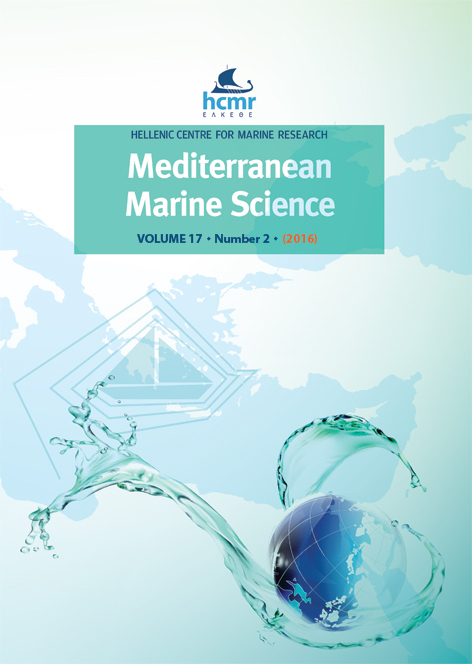Field experiments on individual adaptation of the spider crab Inachus phalangium to its sea anemone host Anemonia viridis in the northern Adriatic Sea

Abstract
We studied the adaptation of the spider crab Inachus phalangium (Fabricius, 1755) to one of its sea anemone host species, Anemonia viridis (Forsskål, 1775) in the coastal region of Rovinj, Croatia. Similar to other brachyuran species, Inachus spp. generally lives within the anemone to obtain protection from possible predators. Using removal and reintroduction experiments, this study investigates the protection mechanism and shows a loss of adaptation after a period of 10 days when the crabs are taken out of their host and kept solitary. Thirty-nine anemones from two different trial sites were marked individually and the inhabiting crabs were isolated to be released back into their individual hosts later. The reactions of the anemones were closely observed and characterized to determine the respective state of crab adaptation. As 35 out of 39 individuals provoked a defense /attack reaction of the anemone, it is concluded that the crabs possessed some sort of non-permanent protection mechanism that was lost during the test run (chi-square test, p < 0.00014). All tested crabs re-inhabited their host anemones within a maximum of 20 minutes after they had been reintroduced and stung by the anemones. Therefore, habituation to the host’s defense / attack mechanism is acquired individually and not genetically inherent to the species. The results are compared to adaptation and protection data on other decapod crustaceans and some anemonefishes.
Article Details
- How to Cite
-
LANDMANN, S., MEYER, R., BOETTCHER, A., PFANNKUCHEN, M., & MELZER, R. (2015). Field experiments on individual adaptation of the spider crab Inachus phalangium to its sea anemone host Anemonia viridis in the northern Adriatic Sea. Mediterranean Marine Science, 17(2), 333–339. https://doi.org/10.12681/mms.1446
- Issue
- Vol. 17 No. 2 (2016)
- Section
- Research Article
Authors who publish with this journal agree to the following terms:
- Authors retain copyright and grant the journal right of first publication with the work simultaneously licensed under a Creative Commons Attribution Non-Commercial License that allows others to share the work with an acknowledgement of the work's authorship and initial publication in this journal.
- Authors are able to enter into separate, additional contractual arrangements for the non-exclusive distribution of the journal's published version of the work (e.g. post it to an institutional repository or publish it in a book), with an acknowledgement of its initial publication in this journal.
- Authors are permitted and encouraged to post their work online (preferably in institutional repositories or on their website) prior to and during the submission process, as it can lead to productive exchanges, as well as earlier and greater citation of published work (See The Effect of Open Access).




